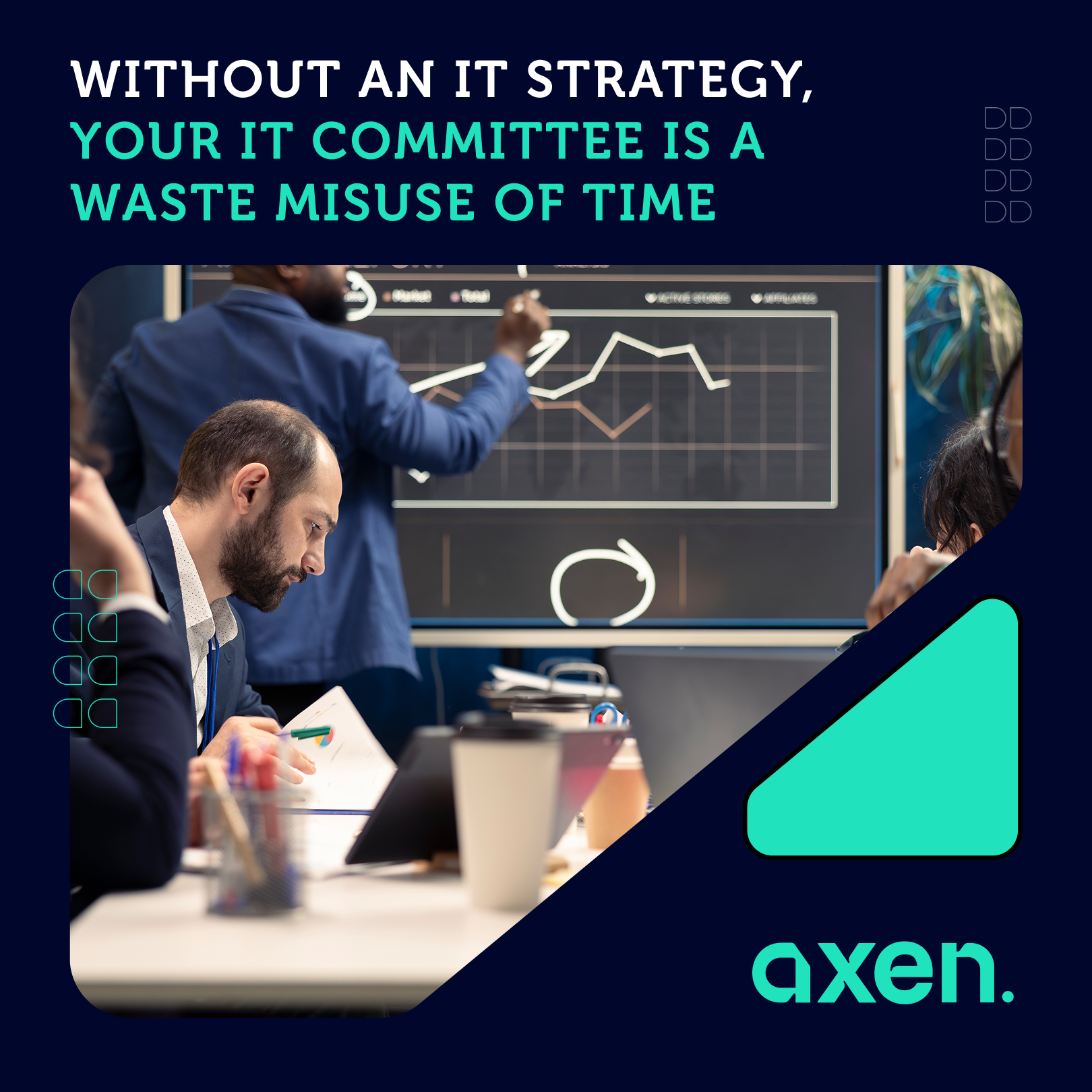Timely and effective project management is one of the most critical challenges for the public sector. The delay of initiatives funded by taxpayer money leads not only to financial losses but, more importantly, to a loss of public trust.
When citizens cannot see the real, tangible results of announced reforms, cynicism and nihilism grow, both towards a specific agency and towards state institutions in general.
The problem is rarely the idea itself or the qualification of public servants. The problem lies in the systemic, outdated management models that no longer meet the speed and demands of the modern world.
The Diagnosis: Why Do Public Projects Fail?
- Rigid, Long-Term Planning and Procurement: To secure a budget, public projects are often planned in minute detail years in advance. The public procurement process required to select a vendor is lengthy and inflexible. By the time the project actually begins, the technology is already outdated, and the initial assumptions are no longer valid. But the rigid plan and contract make it almost impossible to adapt.
- Inter-Agency Silos and Internal Battles: A significant reform (e.g., in healthcare) requires collaboration between multiple ministries and agencies. However, each agency has its own budget, its own political interests, and its own leadership. They often compete with rather than collaborate with each other, leading to endless delays.
- Fear of Failure and Lack of Accountability: In the public sector, a failed project can lead to media scandals, conclusions from the state audit office, and political consequences. This creates a paralyzing fear of taking any risks. It is often safer for a public manager to do nothing or delay a decision than to try something innovative and fail.
- Measuring Process, Not Citizen Value: Success is often measured by bureaucratic metrics: “Was the budget spent?”, “Were all procurement rules followed?”. No one asks the most important question: “Did this project actually make a citizen’s life easier or better?”
From Bureaucracy to Results: How We Create an Effective Project Management Framework for the Public Sector
Axen specializes in creating management models for public agencies that consider their unique context and help them shift from a process-oriented to a results-oriented way of working. Our methodology covers four key areas:
Step 1: We Create a Hybrid “Agile-Waterfall” Management Model
We understand that the long-term budgeting cycle in the public sector is often unavoidable. Therefore, we do not try to completely demolish the existing system. Our first task is to, together with the client agency, develop a hybrid management model that combines the stability of the “Waterfall” approach with the flexibility of Agile methodology. With our facilitation, the project’s overall framework and budget are defined in advance, but its implementation is broken down into short, manageable increments. Within each increment, the project team works in Agile sprints, which allows for the rapid creation of working parts of the project, their testing with real users, and timely course correction.
Step 2: We Ensure the Formation and Empowerment of an Inter-Agency “Mission Team”
To solve the silo problem, we facilitate the formation of a unified “Mission Team.” We work with all involved agencies to ensure this team includes all the necessary competencies. Most importantly, we help the client define and appoint an empowered Project Owner, who has the real mandate and budget to make day-to-day decisions. Our role is to create this team’s working charter, governance structure, and decision-making mechanisms so that it can function effectively and independently.
Step 3: We Help Modernize the Procurement Process
Our expertise includes helping public agencies adapt their procurement process to the needs of modern projects, especially in IT. We help them develop Agile contract formats, where the focus is on hiring a qualified team and a collaborative process, rather than on a rigid, pre-defined list of features. We provide consultation on how to evaluate and select vendors based not only on price but also on their flexibility and problem-solving capabilities.
Step 4: We Implement a Results-Oriented Monitoring System
To shift the focus from process to results, the measurement system must change. We help the client design and implement simple and effective progress monitoring systems. We establish value-based KPIs (e.g., “reduction in time spent by a citizen to receive a service” instead of “number of meetings held”). We also create public-facing dashboards that make the project’s progress transparent for both management and society, which increases accountability and trust.
In Conclusion
Delayed public projects are not inevitable. They are the result of using industrial-era management systems in a digital world. We understand the unique challenges of the public sector. We do not offer a generic corporate template. We help you build a fit-for-purpose project management framework that blends necessary government procedures with agile execution, breaks down bureaucratic silos, and shifts the focus from fulfilling procedures to delivering real, tangible value to the citizens you serve.





